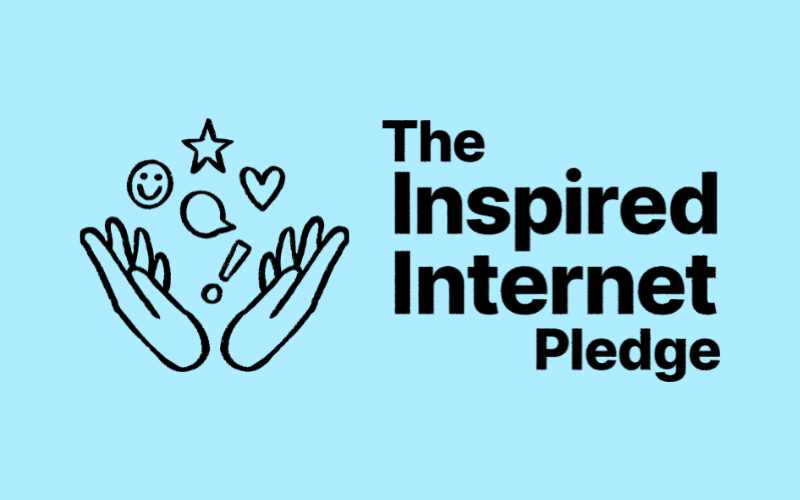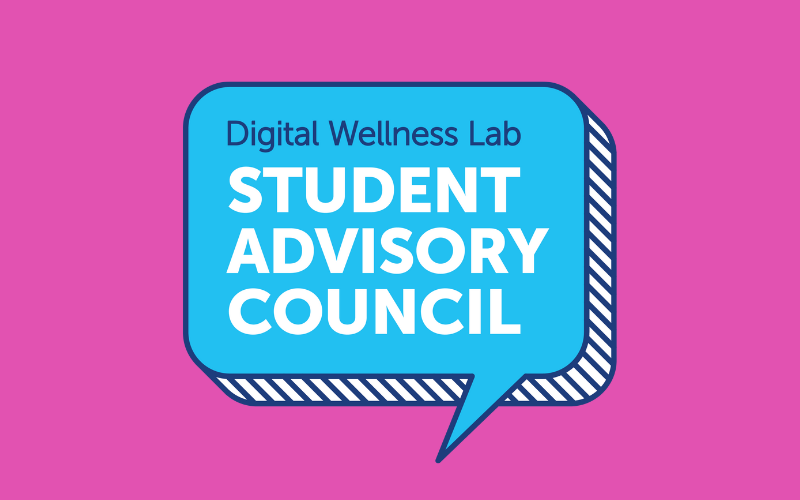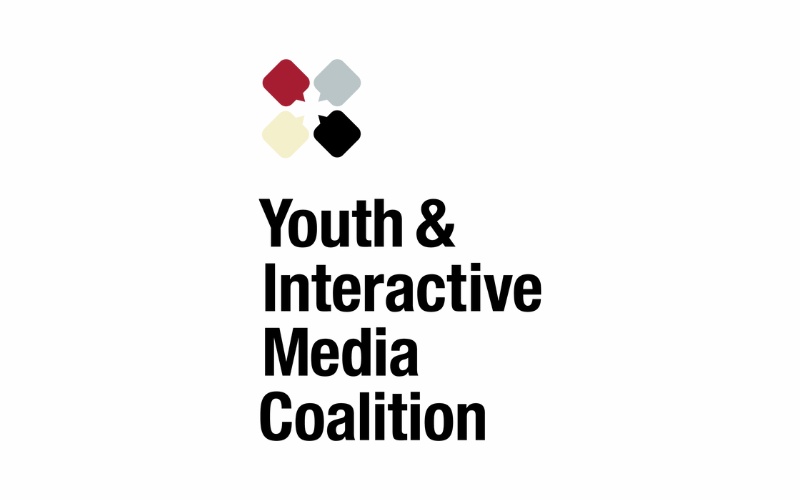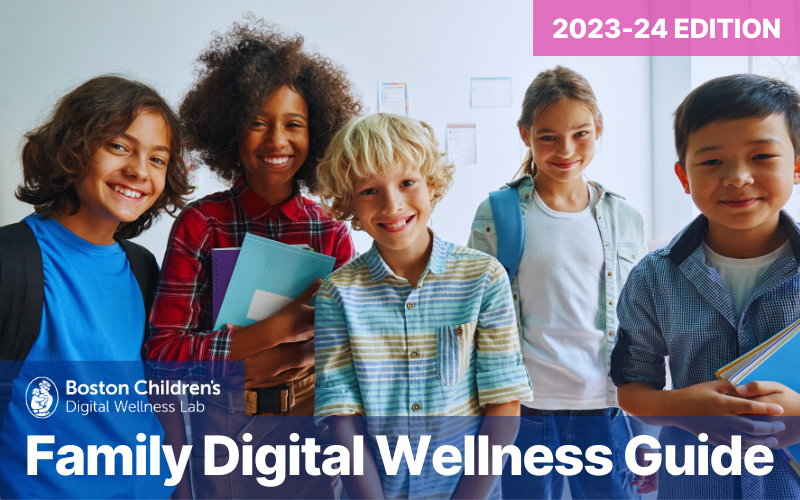Throughout the past two decades, social-emotional learning has evolved into one of the most frequently talked about (and researched) topics within the field of education.
Social-emotional learning (or “SEL”) is defined as the process through which all young people and adults acquire and apply the knowledge, skills, and attitudes to develop healthy identities, manage emotions and achieve personal and collective goals, feel and show empathy for others, establish and maintain healthy relationships, and make responsible and caring decisions (CASEL, 2020).
A growing body of research indicates that teaching SEL skills (such as empathy, perspective-taking, and gratitude) has a positive impact on a wide variety of student outcomes—from greater academic achievement to improved mental health to success in higher education and post-secondary careers. This has led school districts around the country to invest heavily in implementing SEL programs and practices that seek to support students in becoming self-aware, caring, responsible, and engaged lifelong learners who work collaboratively to achieve their goals and create a brighter future for all.
Along with SEL’s surge in popularity has been a drastic increase in the presence of digital media and technology in the lives of children. Between 1:1 device programs in schools, the rise of virtual learning and educational technologies during the COVID-19 pandemic, and the influx of new devices and streaming services from tech and entertainment companies, it’s safe to say that students in today’s world are more connected than any previous generation.
In many ways, educational technologies have opened up an entirely new world of learning possibilities for students. We must acknowledge how many new skills students have learned over the past two years while interacting through virtual classrooms and maintaining connections with family and friends through screens. The digital environment in which children and teens interact is a central part of their life experiences, positive relationships, and identity development.
As we continue to navigate the ever-evolving landscape of technology amidst a global pandemic, it’s clear that supporting the social and emotional well-being and overall digital wellness of youth must be prioritized—this school year and beyond.
In this article, we will review the definition of digital wellness and explore how SEL efforts can be used to support the well-being of children and adolescents in both classrooms as well as at home.
What is digital wellness?
Digital wellness is an intentional state of physical, mental, and social health that occurs with mindful engagement in the digital and natural environment. Defined by the Digital Wellness Lab in 2021, the term refers to the capacity of media and technology to build digital environments that can help advance the overall well-being of children, their families, society, and humanity at large.
How can I use digital tools to promote SEL in the classroom?
Research tells us that digital learning and multimedia tools can support the development of social and emotional learning skills. Teachers and student support staff in schools can take advantage of digital tools that students are interested in using – such as tablets, smartboards, and computers – to build safe, supportive learning environments in which they teach and reinforce key SEL concepts.
For example: empowering students and elevating their voices are two themes that align with core tenets of social-emotional learning. Many SEL practices and lessons are designed to help students expand their minds and vocalize their thoughts. Technology can help teachers amplify students’ voices and give students a chance to direct their own learning. Incorporating technology within SEL instruction and core academic content can help students work to their strengths, complete assignments at their own pace, and enjoy a more personalized experience in the classroom.
For certain student populations, using technology to help practice self-regulation and emotional labeling skills is particularly helpful because it provides them—as digital natives—with a more comfortable environment to practice. Moreover, teachers are able to offer specialized support and individualize learning for these students by adjusting the content, medium, learning style, and pace of SEL instruction.
Many schools are also incorporating digital citizenship programs (typically at the middle school and high school levels) that teach students how to apply SEL skills within online platforms for the purpose of managing digital environments with empathy, perspective, and self-awareness. In the same ways that we can teach (and model) perspective-taking, resilience, and productive struggle during in-person instruction, project-based learning with media and technology can enable students to practice kindness in the digital world. Communication in online settings (such as video games), identifying and combating cyberbullying using social awareness skills, and being self-aware and responsible while developing an online identity, are all examples of ways we can apply SEL skills to advance our collective digital well-being. Digital citizenship lessons can also help students reflect on their social media use, its impacts on their emotional health, and how it influences their social relationships.
How can I use technology and media to build my child’s SEL skills at home?
Our childrens’ social and emotional development begins in the home. Families and caregivers are the experts on their children and some of the most influential figures when it comes to cultivating social-emotional learning skills.
Research indicates that family members who reinforce and model the same SEL skills and competencies that are taught in the classroom can accelerate a student’s social-emotional development. Yet, it can be overwhelming for parents to know where to start. School leaders, researchers, and educators can help initiate and nurture consistency between home and school for SEL.
Whether you’re a parent, educator, administrator or caregiver here are a set of resources that you can use and share with families to help guide social-emotional learning efforts at home.
- SEL with Families and Caregivers – this portal includes guidance from the Collaborative of Academic, Social, and Emotional Learning (CASEL) on how to extend SEL into the home.
- Inner Explorer @ Home – this free mindfulness app from Inner Explorer is specifically designed for parents and caregivers to use with their children and features daily guided mindfulness and self-care practices for all age-groups.
- Harmony at Home – these SEL activities (developed by leading curriculum provider Harmony) guide parents through ways to help check-in with children about their emotions and practice key skills such as empathy and critical thinking.
- The Play at Home Guide – this toolkit from Playworks includes 30+ games that young children can play at home to stay active and build valuable life skills.
Additional Resources
This guide is just a starting point for using SEL to cultivate digital wellness. Here are some resources to continue deepening your knowledge:
- How Virtual Wellness Shifts SEL Online (District Administration)
- Integrating SEL & Tech Into This New School Year
- Professional Development: SEL for Educators (Panorama Education)
- Research Guide: SEL and Media (Inside SEL)
- SEL and Wellness During Distance Learning and Back to School (Google Education)
- Supporting SEL in Student’s Digital Lives (Common Sense)
- The CASEL Core Competencies (CASEL)
– Nick Woolf, SEL specialist and education consultant







